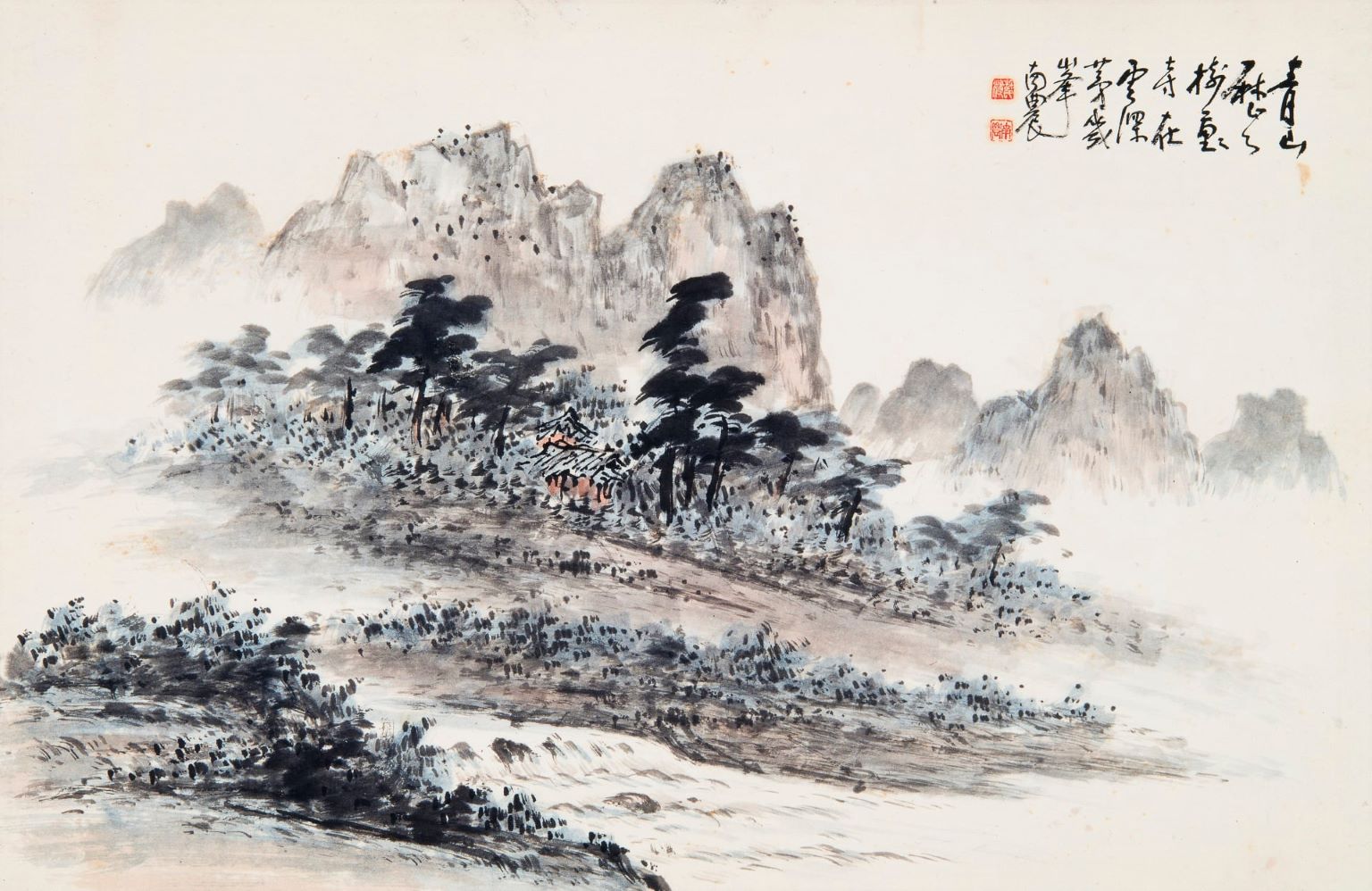
Heo Geon, Landscape, date unknown, Ink and color on paper, 43×66cm. MMCA
Eastern painting
* Source: Multilingual Glossary of Korean Art. Korea Arts Management Service
Related
-
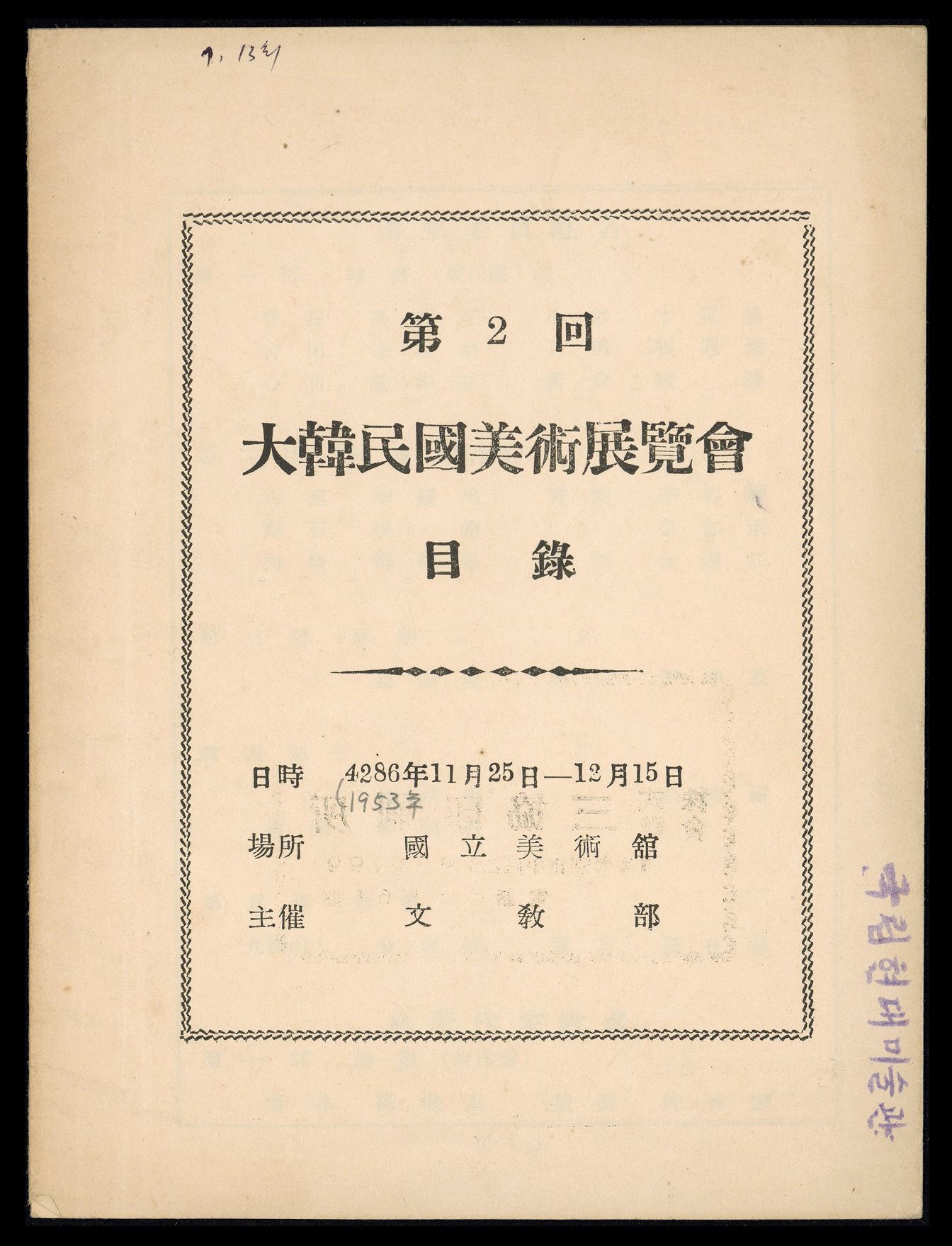
National Art Exhibition
A government-hosted exhibition held 30 times from 1949 to 1981, also known by the shorter name Gukjeon. Following national independence, the exhibition was the primary means for young and emergent Korean artists to achieve recognition. The influence of the exhibition declined as a result of the emergence of non-figurative art during the 1970s, the increased opportunities for artists to participate in overseas exhibitions, and the rise of private exhibitions and galleries.
-
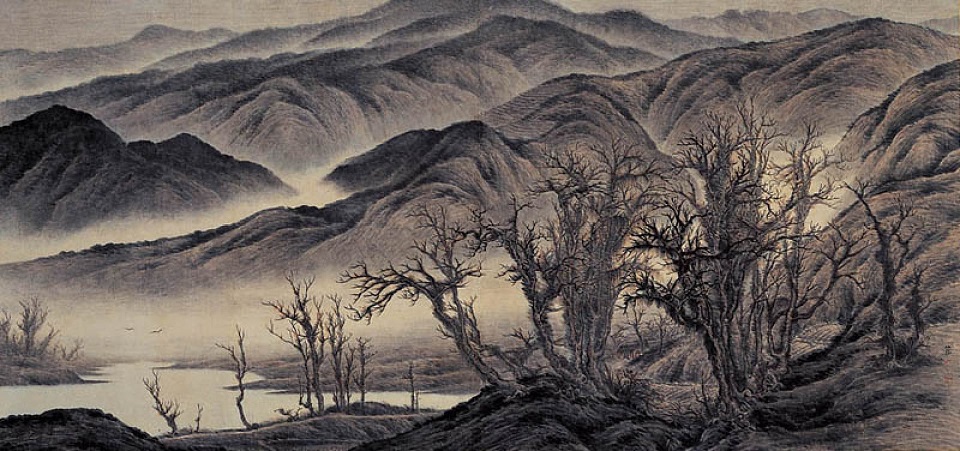
hangukhwa
A type of painting created during the 20th century that uses traditional Korean materials, techniques, and styles. The term emerged from the criticism that traditional-style paintings were called Eastern paintings in Korea, in contrast to China, where they were called national-style paintings, and Japan, where they were called Japanese-style paintings. The term hangukhwa (Korean Painting) entered official use following the overhaul of the educational curriculum in December 1981, and the appearance of the term Korean painting, with the subcategories ink wash painting [sumukhwa] and ink and light-colored painting [damchaehwa] were listed in art textbooks from 1983. The Grand Art Exhibition of Korea also began using the term hangukhwa (Korean Painting), as opposed to Eastern painting, in 1982. Prior to this, Hankukhwahui (Korean Painter’s Association) was used as a collective term for such Korean painters in 1964 and Kim Youngki (pen name Chunggang) argued to use the term Korean painting to define national identity in his essay “On hangukhwa (Korean Painting) and Criticism.” Criticism that Korean paintings, unlike the national paintings of China and Japan, do not have a narrative theme, and that the use of such a term was contrary to contemporary artistic trends, resulted in the term “hangukhwa (Korean Painting)” failing to achieve mainstream use. Hangukhwa (Korean Painting) is currently used interchangeably with the term Eastern painting.
-
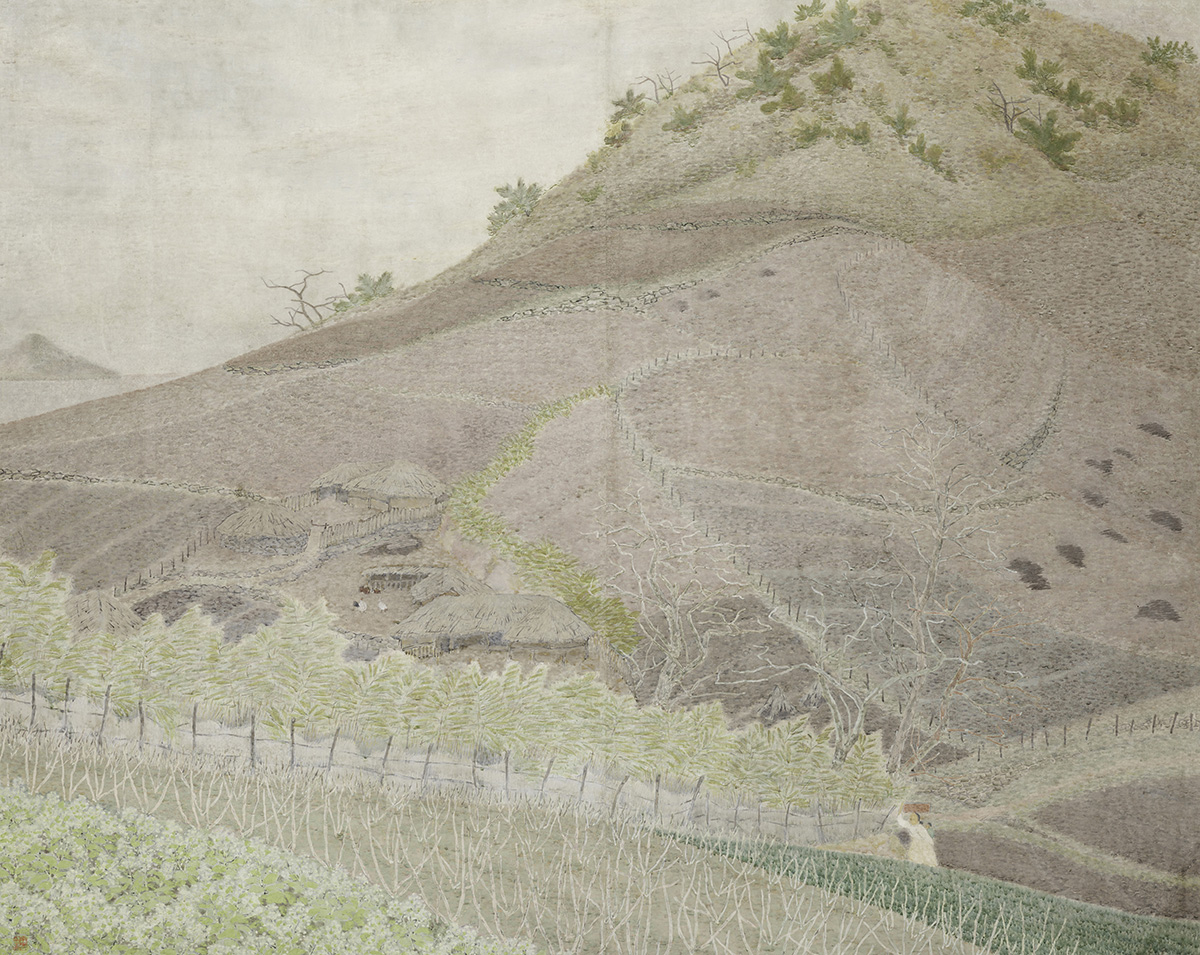
Heo Geon
Heo Geon (1908-1987, pen name Namnong) is a grandson of the prominent nineteenth century Namjong (Southern painting style) painter Heo Ryon. His Sangosujang and Autumn were selected for the nineth Joseon Art Exhibition [Joseon misul jeollamhoe] in 1930, following his father, Heo Hyung. He was continuously selected until the twenty-third Joseon Art Exhibition in 1944 and won a Joseon governor-general award. His work combined the traditional Namjonghwa painting style of his family with a new perspective and coloring methods and blended them into a new modern landscape painting style. In the 1940s, his style emphasized forms influenced by Japanese Shin-nanga painting. He may have also been influenced by his deceased brother Heo Rim (1917-1942), who attended Kawabata Art School in 1940. After independence, he established the Namhwa Research Institute in 1949, and his style changed to create modern landscape paintings with a rough touch and local color. Heo also served as a judge at the National Art Exhibition (Gukjeon) from the 1960s to 1970s and became a senior member of the National Academy of Arts, Republic of Korea. He was a symbolic figure of the Mokpo art community. Heo Geon should be distinguished from Heo Baekryeon, who focused on traditional Namjonghwa painting.
Find More
-
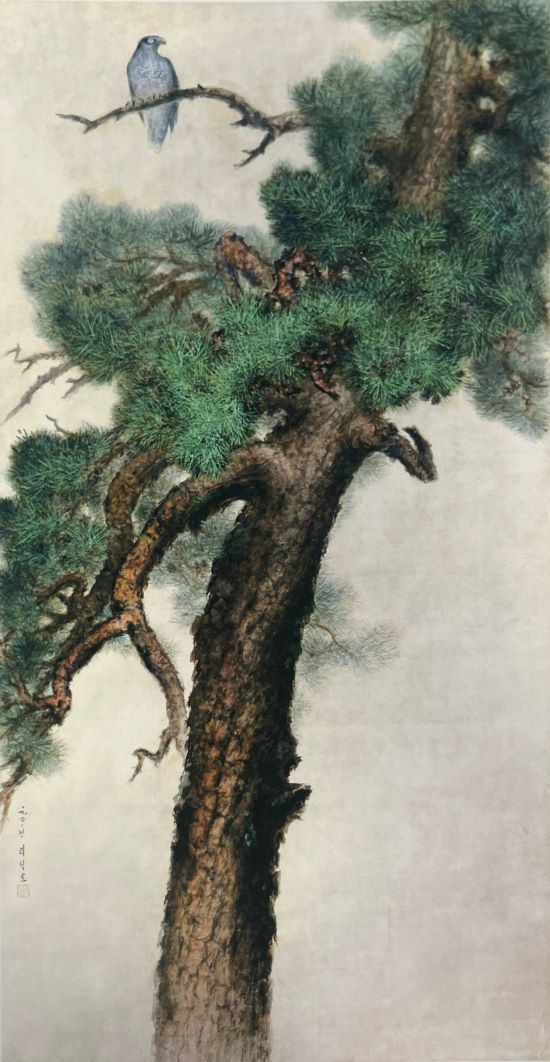
Lee Seokho
Lee Seokho (1904-1971, pen name Ilgwan) learned Chinese classics and calligraphy at a young age and then studied painting under Kim Eunho. He received an honorable mention for his calligraphy at the sixth Joseon Art Exhibition [Joseon misul jeollamhoe] in 1927. He then made his presence known in Korean painting circles by submitting his works to the exhibition of the Calligraphy and Painting Association [Seohwa hyeophoe] and to the Eastern painting section of the Joseon Art Exhibition. He enjoyed creating detailed polychrome bird-and-flower paintings under the influence of Kim Eunho. He was active in the artist group Husohoe together with Kim Eunho’s other disciples, including Chang Woosoung, Kim Kichang, and Lee Yootae. Upon Lee’s participation in the foundation of the Dangu Art Academy [Dangu misulwon] that aimed to establish national art in 1945, his painting style departed from polychrome painting and changed to “new literati painting” that reinterpreted traditional literati painting. Lee Seokho was exposed to Socialist ideas while working in the Anseong branch of Joseon Jungang Ilbo newspaper in the 1930s. While working in the painting division of the Korean Plastic Arts Federation [Joseon johyeong yesul dongmaeng] in 1946, he visited North Korea with Lee Qoede at the invitation of the Preparatory Committee for the Construction of the Liberation Tower in Gangwon-do Province. After the establishment of the government of the Republic of Korea in 1948, he immersed himself in artistic creations and holding exhibitions, such as Seven Eastern Painters (1948) and Two Eastern Painters: Goam and Ilgwan (1949). However, when the Korean War broke out, Lee came to belong to the Joseon Material Culture and Relics Conservation Committee [Muljil munhwa yumul bojon wiwonhoe] affiliated with the North Korean People’s Army and was assigned the task of transporting South Korean cultural heritage items to North Korea. As Seoul was recaptured by the South Korean army, he defected to North Korea along with the North Korean People’s army. In North Korea, he was an active member artist of the Korean Artist Federation [Joseon misulga dongmaeng] and taught Joseon (Korean) painting at the Pyongyang Art University. Beginning in the late 1950s, he traveled to several overseas countries including Vietnam and Moscow, which raised his status as an artist. In 1959, he was elected a chairman of the Joseon painting division of the Korean Artist Federation. In the 1960s when discourse on polychrome painting occurred in North Korea, he sought a painting style integrating polychrome painting. After his death, as the boneless brush technique used in Joseon painting was reevaluated by Kim Il-sung, his A Pine Tree (1966) was designated as a national treasure. A two-person exhibition was held for Lee Seokho and U Chiseon in 1988 followed by his solo exhibition in 1989. In 1992, Painting Album of the Joseon Painter Rhee Seokho was published.
-
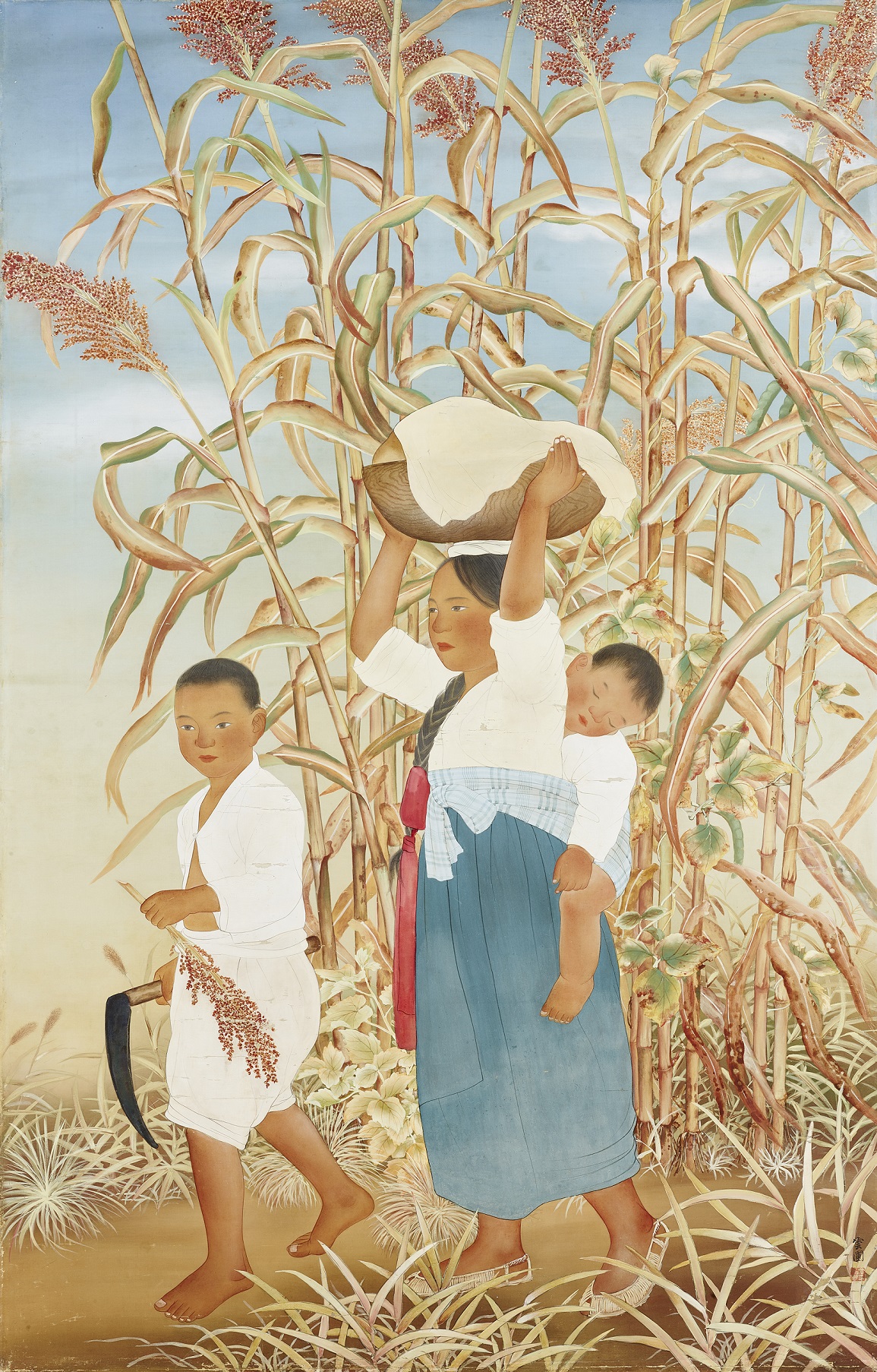
Kim Kichang
Kim Kichang (1913-2001, pen name Unpo or Unbo) studied Eastern painting at Kim Eunho’s art studio Nakcheongheon. After his debut in the tenth Joseon Art Exhibition [Joseon misul jeollamhoe] in 1931, he won special selections from 1937 to 1940, and became a renowned painter. He was appointed as the first president of Paek Yang Painting Association and became a professor at Hongik University and Soodo Women's Teachers College. He was awarded the Order of Civil Merit, Peony Medal in 1981 and the Korean Art Academy Award in 1983. After he passed away in 2001, he was awarded a posthumous Geumgwan Order of Culture Merit award. Although Kim initially focused on colorful figure paintings, following in the legacy of his mentor Kim Eunho, in his later career he collaborated with his wife Park Rehyun to modernize Korean painting by adopting cubism and abstraction. He reinterpreted traditional folk paintings in his representative works, such as Blue-green Landscape Painting series started in the 1970s and his Fool’s Landscape Painting in the 1980s and was inspired by portraits of historical figures. He contributed to the development of Korean modern art by working in an expanded formal territory from figuration to abstraction and addressing subject matter from folk painting, to figure and landscape painting.
-
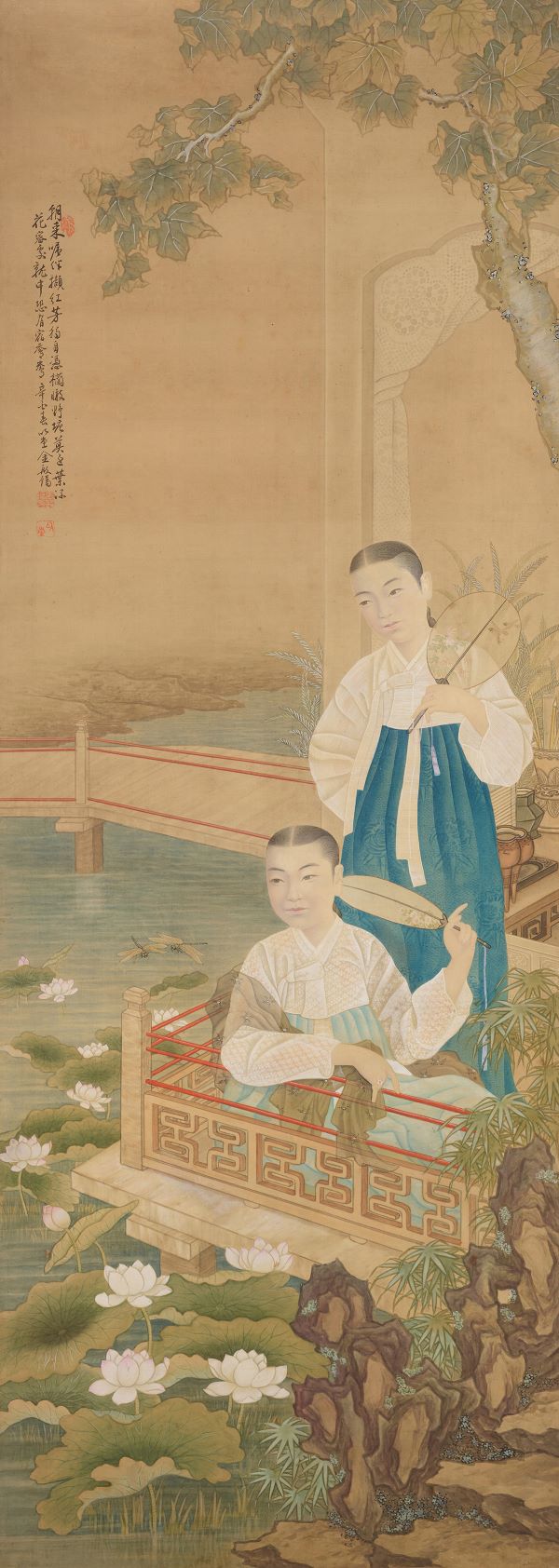
Kim Eunho
Kim Eunho (1892-1979, pen name Yidang) joined the Calligraphy and Painting Society (Seohwa misulhoe) in 1912 and learned Oriental painting under An Jungsik and Cho Seokjin. He was known for his sophisticated brush strokes and attention to detail. Early in his career he was appointed as a court portrait painter. He produced several portraits of kings from the Joseon dynasty and gained a reputation for his portraits and colored figure paintings. He contributed his works to the first exhibition of the Calligraphy and Painting Association (Seohwa hyeophoe) and the Joseon Art Exhibition. His trainees organized Husohoe in 1936, which contributed enormously to the Modern Oriental Art community in Korea. However, he was accused of pro-Japanese activities due to his overt acquiescence to Japanese Imperialism and his involvement in its wartime propaganda. He tried his hand at ink paintings in the 1950s and experimented with modernized colored landscape painting from the 1960s into his later years. In the 1960s, he painted several portraits of historic figures and published Hwadanilgyeong (1968) and Seohwabaeknyeon (1977).






